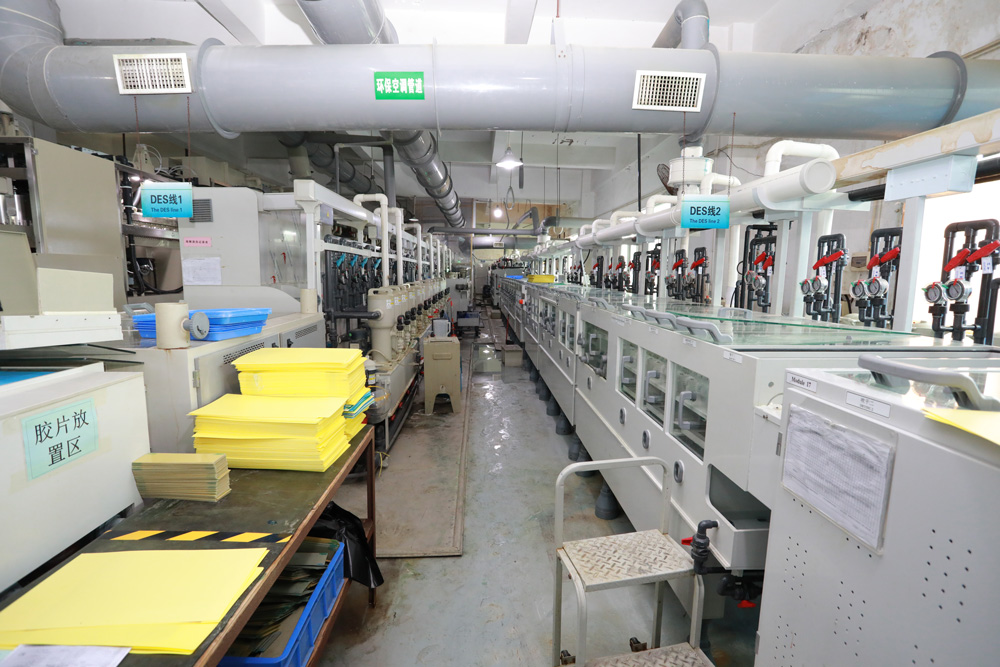At 1:44 PM on September 30th, the PCB (Printed Circuit Board) sector surged unexpectedly, with its index skyrocketing to 1,417.719 points—a dramatic 12% increase— 瞬间 becoming the market's focal point and igniting brilliance across numerous constituent stocks.
During the day's trading, the PCB sector recorded a trading volume of 30.995 billion yuan and a turnover rate of 4.77%, reflecting intense market enthusiasm. Zecheng Electronics led the charge with a 26.97% gain, closing at 29.38 yuan; Dingtai High-Tech followed closely with a 19.57% rise to 20.04 yuan; Guangyunda, Rilian Technology, and Xinqi Micro-Packaging trailed with gains of 18.42%, 17.55%, and 17.31%, respectively. These outstanding performances have sparked strong investor attention on the sector's future trajectory.
The PCB sector's robust performance stems from multiple factors. On one hand, the continuous development of the global technology industry has driven surging demand for electronic products, thereby boosting PCB market demand. With the rapid advancement of emerging technologies like 5G, IoT, and AI, related enterprises have an increasingly urgent need for high-quality PCBs. Industry insiders predict that the global PCB market is expected to maintain steady growth in the coming years, with an annual growth rate potentially exceeding 8%. On the other hand, recent loose market liquidity has provided a strong tailwind for the sector's rally. Under accommodative monetary policies, substantial capital has flowed into the stock market in search of promising investment targets. The PCB industry's high growth potential has attracted significant capital inflows. Additionally, the sector's companies have delivered remarkable financial reports, with many achieving strong profit growth in recent earnings releases, further enhancing market confidence.
However, while investors celebrate the PCB sector's rise, vigilance is essential. The broad-based stock gains may be accompanied by speculative sentiment. Some individual stocks with large price increases could face short-term correction risks. Therefore, investors should formulate reasonable stop-loss strategies when trading to guard against potential risks. Furthermore, they need to closely monitor changes in industry policies and overall market trends to adjust their investment portfolios promptly.
The future of the PCB industry is influenced by multiple factors, including market demand, technological advancements, and policy directions. Despite the current optimism, investors must remain alert to market fluctuations and exercise caution in asset allocation. Through rational asset allocation and risk control, investors can maximize returns from the PCB sector's growth while minimizing potential risks. Meanwhile, staying updated on company announcements and industry dynamics remains a critical pathway to informed investment decisions.
In summary, the PCB sector's significant rally and individual stocks' excellent performances have presented a highly attractive investment opportunity for tech-sector investors. However, amid the optimistic market sentiment, maintaining rationality and prudence is key to navigating the complex market environment steadily.
用简洁的语言概括这段文本的主要内容。
分析PCB板块指数上涨的原因。
提供一些关于PCB板块的行业研究报告或数据。
